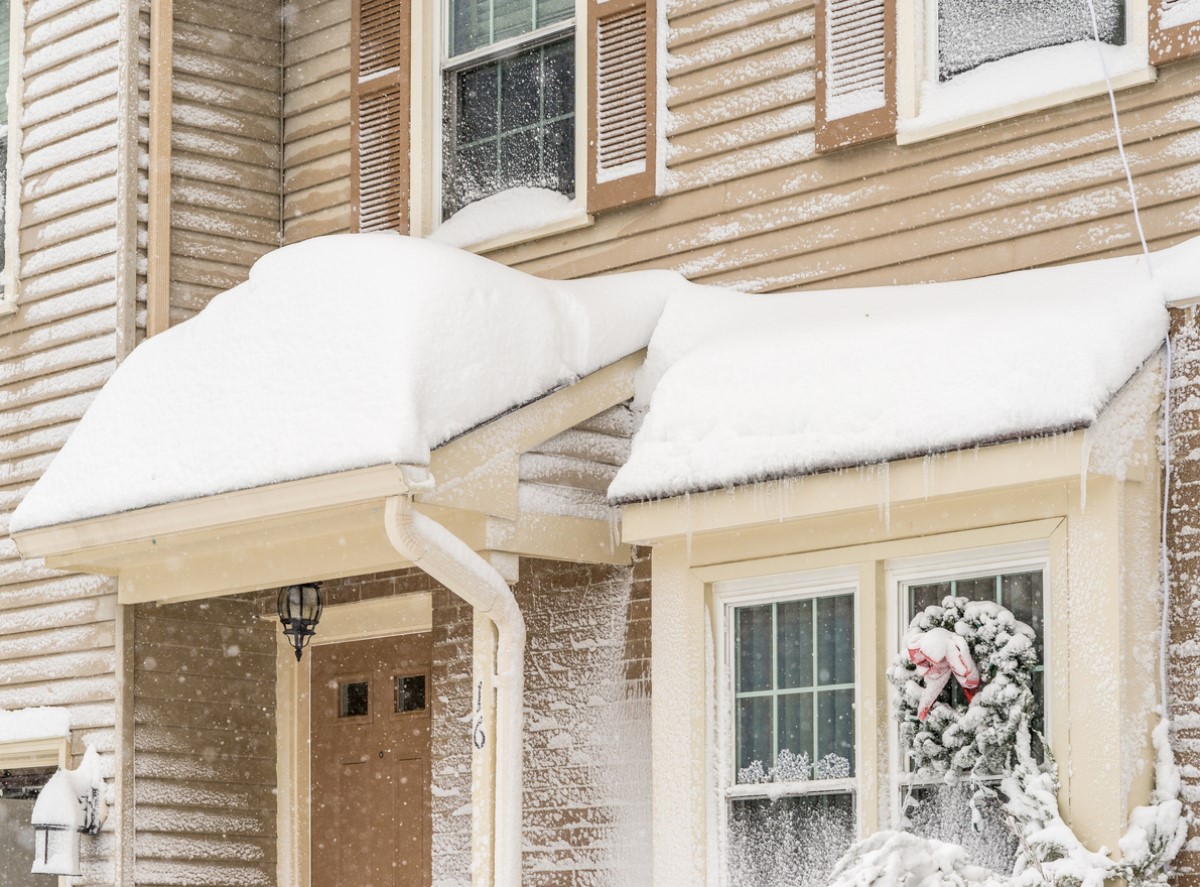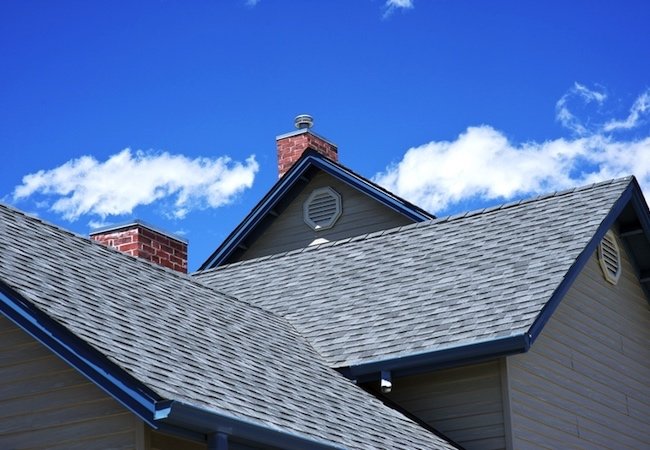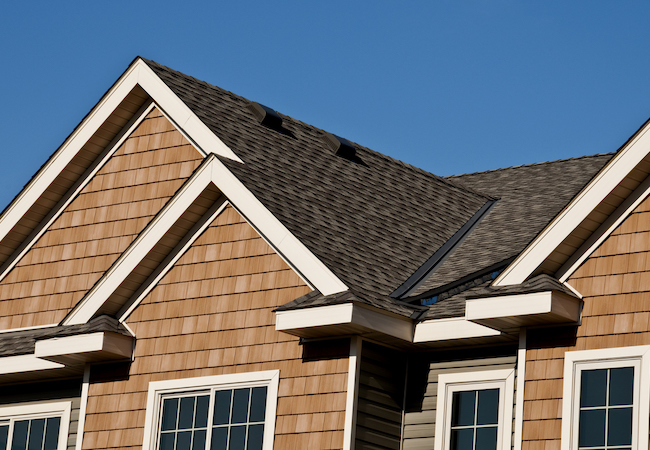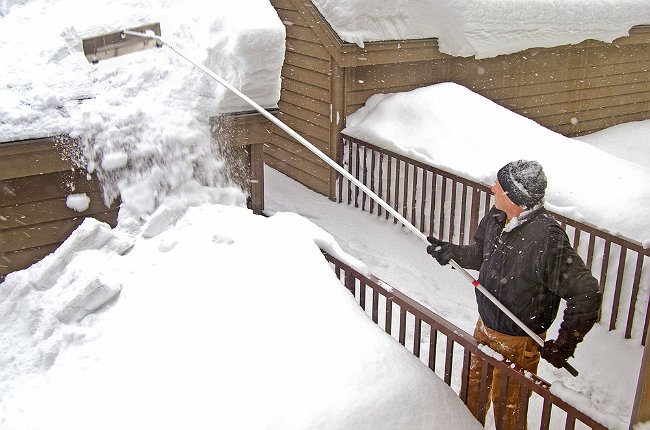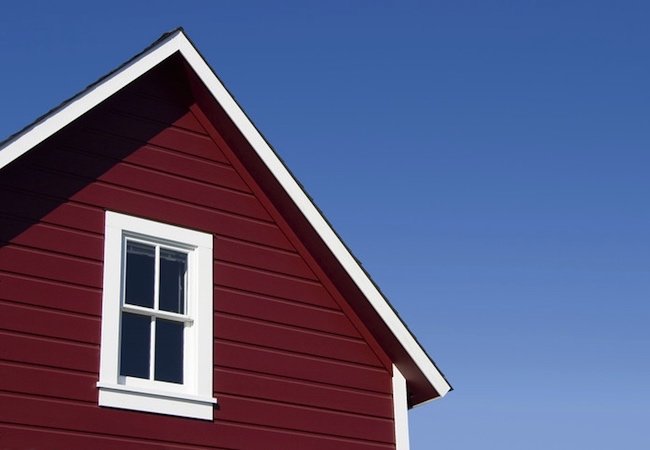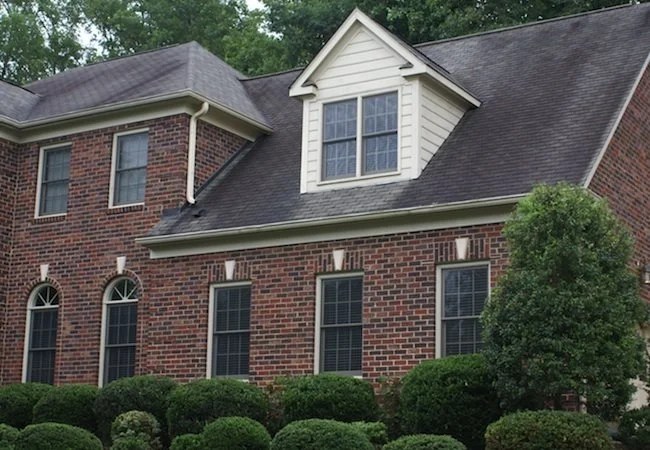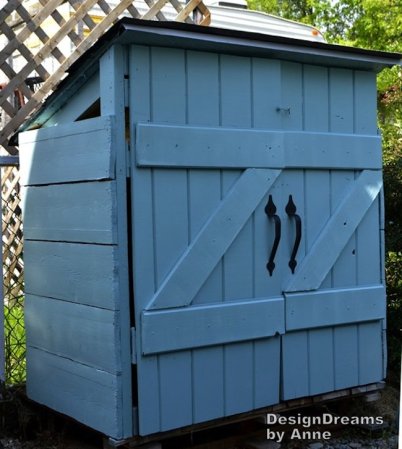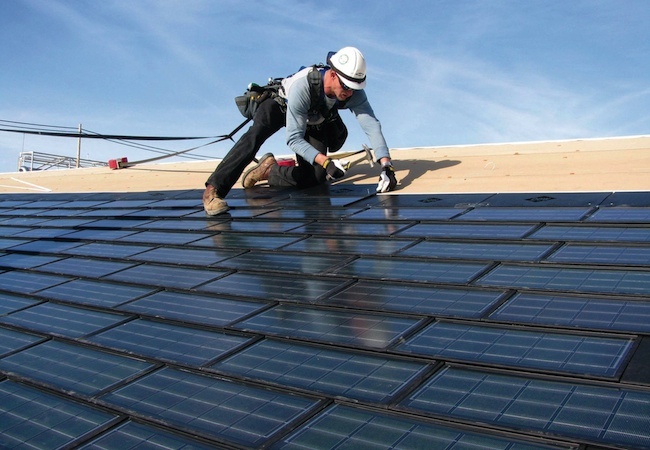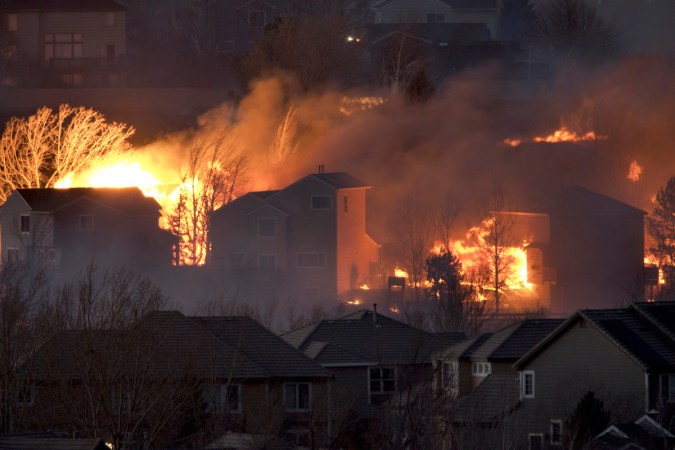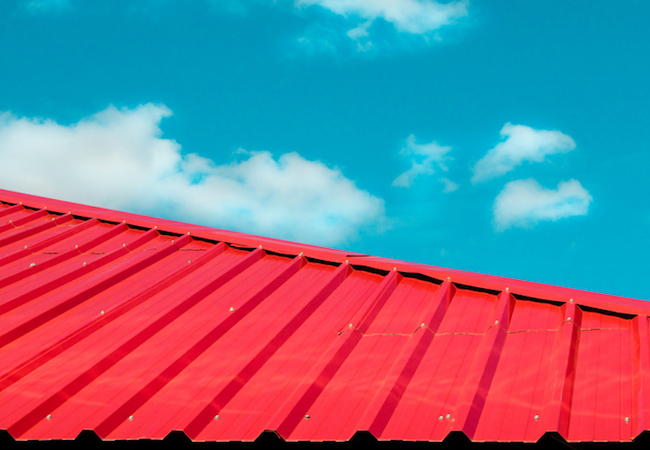We may earn revenue from the products available on this page and participate in affiliate programs. Learn More ›
When weather stations predict frigid temperatures and record snowfall, concerns rise that roofs may not make it the full season but instead collapse under the strain of a surprising snow load. If it’s your first winter with your current roof (new or old), you may be trying to assess the situation for the season. How much snow can a roof hold, anyway? And are there steps you can take to avoid a worst-case scenario?
How much snow a roof can hold depends on the type of snow, roofline, and material, among other considerations.
These questions aren’t quite so easy to answer, because there are several variables at play. At the top of the list are the following:
- The weight of the snow. Wet snow can be nearly three times heavier than dry, fluffy snow. So, while a cubic foot of fresh powder might weigh in at 7 pounds, that same amount of wet, packed snow could be more like 20 pounds.
- Your roof’s structural design. Generally speaking, steep and smooth roofs shed snow more easily than flat or only slightly pitched roofs.
- The roof material. Choose a strong, durable set of shingles like asphalt or slate. While both do well to support the weight of snow, asphalt shingles are a more affordable option and easier to replace if necessary.
Ultimately, what amounts to a dangerous accumulation of snow on one roof would be just fine on another roof down the block. If you’ve had a new roof installed during your time of ownership, consult the supplier and/or roofing contractors who did the work to get a professional opinion. If not, you may wish to schedule a roof inspection to ascertain more detail on the condition of your roof.
Look for the warning signs of a weak roof.
While you can draw some conclusions by looking at your roof from the curb, it’s indoors where you’ll find the most instructive clues to a potential problem. Head up to the attic and examine the rafters for any noticeable bends or cracks. If you find anything that gives you pause, bear in mind that it’s not necessarily (and most likely isn’t) a sign of impending roof collapse. There are many possible explanations for damaged rafters—for example, termites. And even if snow is to blame, you may be looking at damage from a previous winter. In any case, ask a licensed structural engineer to evaluate the problem promptly.
RELATED: 7 Signs You Need a New Roof
Elsewhere—particularly on the upper floors, toward the middle of the house—keep an eye out for new cracks in the drywall or plaster surrounding interior door frames. If those doors are suddenly sticking when they used to open and shut with ease, this could be an indication that the frame of your house has shifted due to a structural issue. Again, wall cracks and sticking doors are not causes for panic; rather, they are reasons to seek out the advice of a licensed professional.
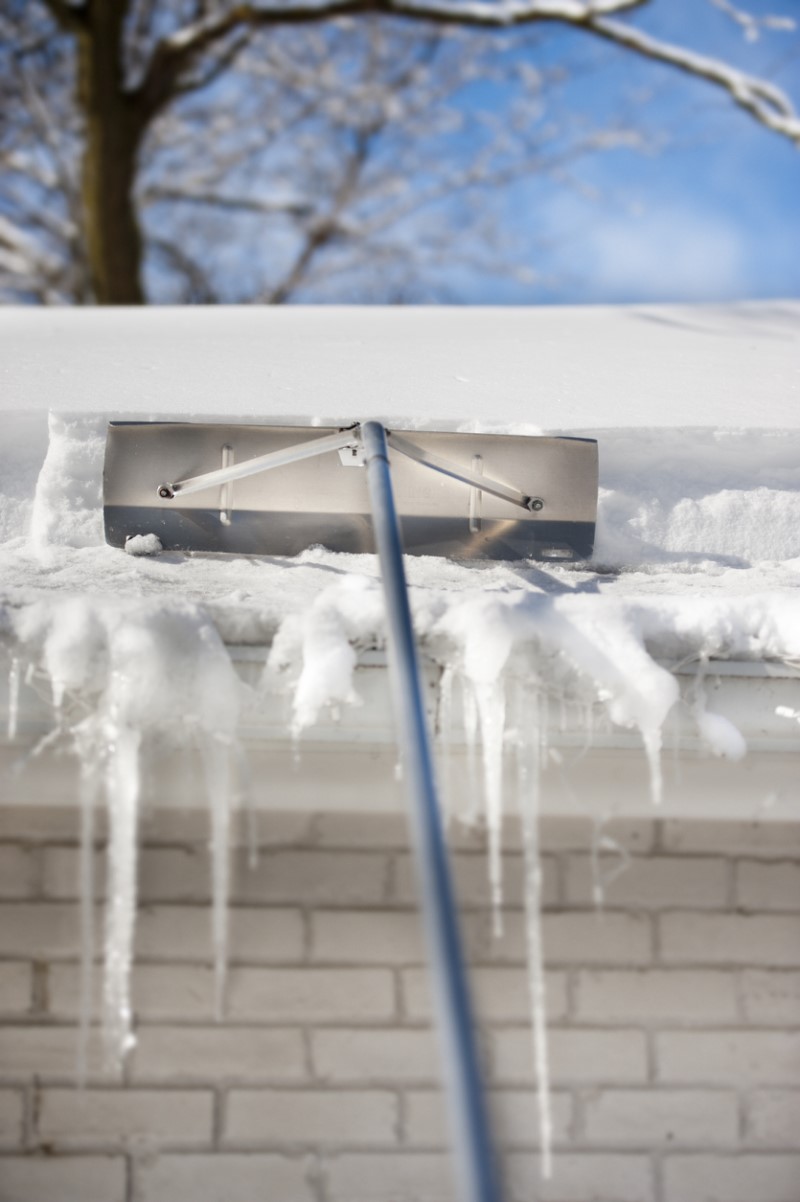
Removing snow periodically is optional and should only be attempted with extreme caution.
Some experts maintain that it’s unnecessary to remove snow from the roof, because any home built to the standards of the local building codes should be structurally equipped to handle virtually any snow load. Still, many homeowners wish to take every available precautionary step and shovel snow off of the roofline before it piles up. Not only will this prevent a large load on your roof, but it will also minimize risk of ice dams. These blocks of ice occur when the warm air inside an attic transfers through the roof and melts the layer of snow, which runs to the edge of the roof and refreezes in the gutters and at the eaves.
If you wish to follow suit, be aware that climbing up on the roof is precarious in any weather. In snow, it’s almost definitely not a wise course of action unless you absolutely know what you’re doing. For everyone else, the safest path is to hire an insured pro, someone who has not only the proper equipment but also the right experience for the job.
You can access the roof of a single-story house while keeping your feet firmly planted on the ground by using a roof rake. These effective, user-friendly tools for clearing excess snow are readily available online (see this best-selling option from Garant on Amazon that expands to about 15 feet long) and in most brick-and-mortar home improvement stores, and you might also follow the lead of some clever DIYers and make your own version.
Before you start raking away, take heed of these important points:
- Don’t try to remove all the snow. In doing so, you could damage the roofing material, which would leave the roof vulnerable to leaks. To prevent this from happening, some roof rakes are fitted with rollers that keep the edge of the rake safely away from the shingles.
- Pay attention to where the snow pulled off the roof is likely to wind up. You’ll want to pick a landing spot other than your head or the heads of bystanders!
